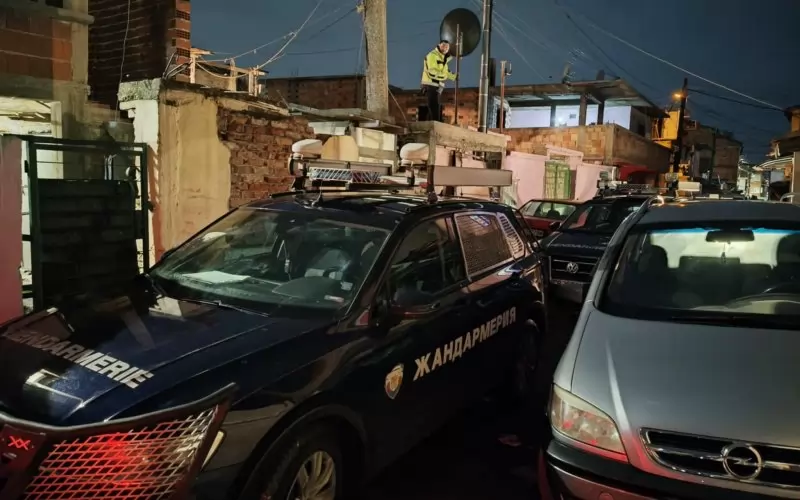Lange (2014) reports on a successful integration project of immigrant Rroma in Berlin. The tenement house in the Scharnweberstraße in Reinickendorf was previously regularly the scene of conflicts, according to Lange: many homes were overcrowded, hygiene standards were not met, there were repeatedly conflicts between the new tenants and long-time residents. Thanks to an integration project, which took into account both parties, these difficulties could be overcome: “Just a year ago, the house on the Scharnweberstraße 111 in Reinickendorf was as an example of failed integration. Overcrowding of flats, conflicts between long-time residents and the Roma families, daily complaints to the police, daily visits of the health office. […] The first step in improving the “oppressive conditions”, as Kerstin Kirsch of the Gewobag tenant advisory calls it, was the purchase of the house by the local housing association. All apartments were renovated and the Roma families, who were previously known only as lodgers, became the main tenants. For the long-time residents it was time to reduce prejudices, for the new tenants from Romania, to take responsibility in the neighbourhood. Both sides became help from the Phinove association that accompanies Roma families during their start in Berlin, and is supported by the commissioner for integration and migration, Monika Lüke.” The integration project described here is indeed positive. However, the context is discussed too little: in the past few months, in the media and in politics there have been fierce debates about so-called “poverty immigrants” that were often collectively referred to as poor, uneducated Rroma from Romania or Bulgaria. Therewith, a one-sided notion of the minority was established among a broad public: Rroma are supposedly poorly educated, have many children, and come from the slums of Eastern Europe to benefit from the German welfare state, which they then become dependent of. Of course, there are marginalised Rroma corresponding to these ideas. But they only represent a minority of the minority. There are also well-educated Rroma, who belong to the middle- or even the upper class. In addition, already now 110,000 to 130,000 Rroma live in Germany. Many of them have been in Germany for generations, speak fluently German and are integrated. They are the living proof that integration is possible without problems (compare Biermann 2014, Briest 2014, Klüber 2014).
Memarina (2014) reports on the opening of two emergency apartments for immigrant Rroma families in Berlin. The apartments are intended as interim solutions until the families can find permanent accommodation. They are allowed to stay for a maximum of one month. Monika Lüke, commissioner for integration in Berlin, stated that one wants to create up to ten such flats: “In July 2013, the Senate had adopted a Roma action plan. It was planned to set up an entire house for homeless families. But nothing came of it, it was obviously the resistance in the districts. That’s why Lüke is now focussing on decentralized solutions – together with the Aachen estate and housing company, that owns the first two emergency apartments” (compare rbb 2014).
- Biermann, Til (2014) Haus für Roma-Familien wird Modellprojekt. In: B.Z. Berlin online vom 20.10.2014. http://www.bz-berlin.de/berlin/reinickendorf/haus-fuer-roma-familien-wird-modellprojekt
- Briest, Robert (2014) Roma-Integration in Reinickendorf. In: Berliner Zeitung online vom 21.10.2014. http://www.berliner-zeitung.de/berlin/bunte-111-roma-integration-in-reinickendorf,10809148,28791730.html
- Klüber, Vanessa (2014) Bunte Blumen für die Integration. In: rbb Rundfunk Berlin Brandenburg online vom 21.10.2014. http://www.rbb-online.de/panorama/beitrag/2014/10/roma-aktionsplan-beispiele-street-art-workshop.html
- Lange, Katrin (2014) Roma-Familien im Einsatz für eine gute Nachbarschaft. In: Berliner Morgenpost online vom 20.10.2014. http://www.morgenpost.de/bezirke/reinickendorf/article133480385/Roma-Familien-im-Einsatz-fuer-eine-gute-Nachbarschaft.html
- Memarina, Susanne (2014) Ganz kleine Brötchen. In: Die Tageszeitungen (TAZ) online 21.10.2014. https://www.taz.de/Roma-in-Berlin/!148130/
- rbb (2014) Erste obdachlose Roma-Familien ziehen in Notunterkunft ein. In: rbb Rundfunk Berlin Brandenburg online vom 21.10.2014. http://www.rbb-online.de/panorama/beitrag/2014/10/neue-notunterkuenfte-obdachlose-roma-familien-aus-cuvrybrache-berlin.html







